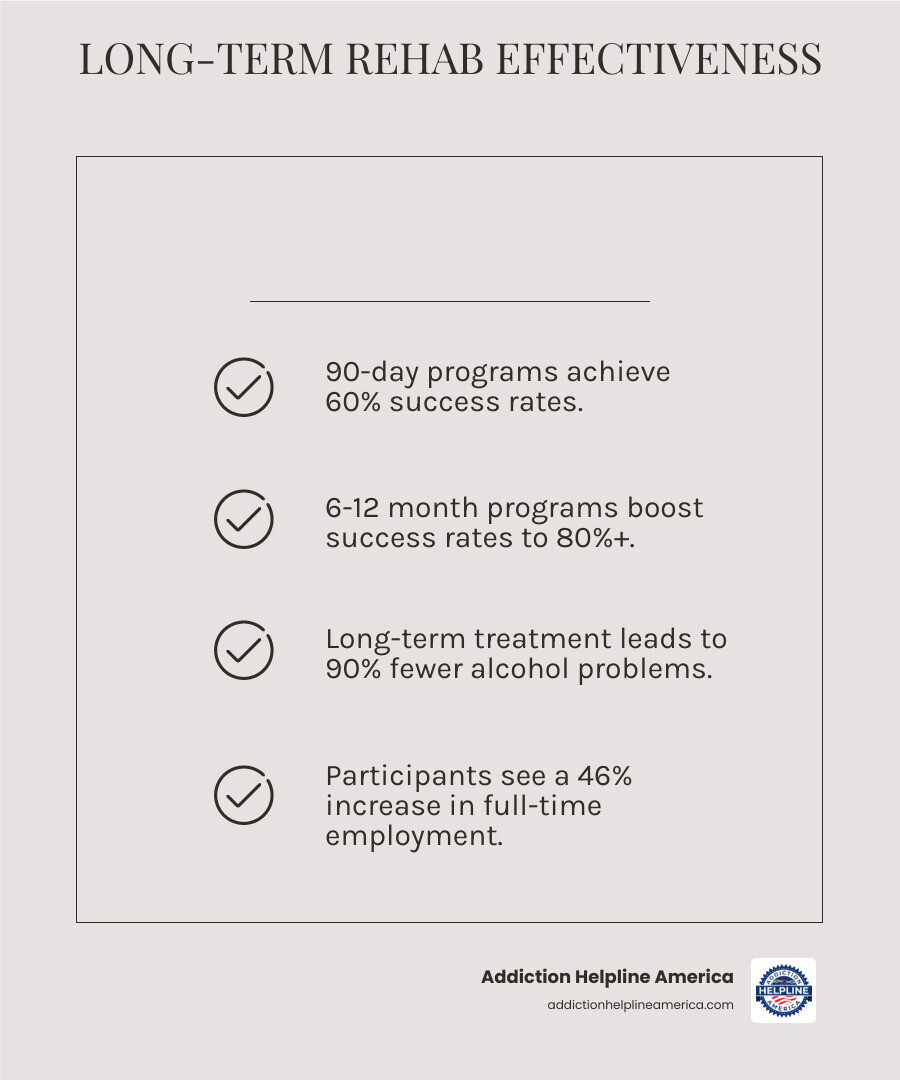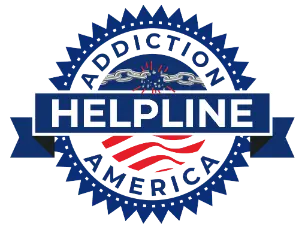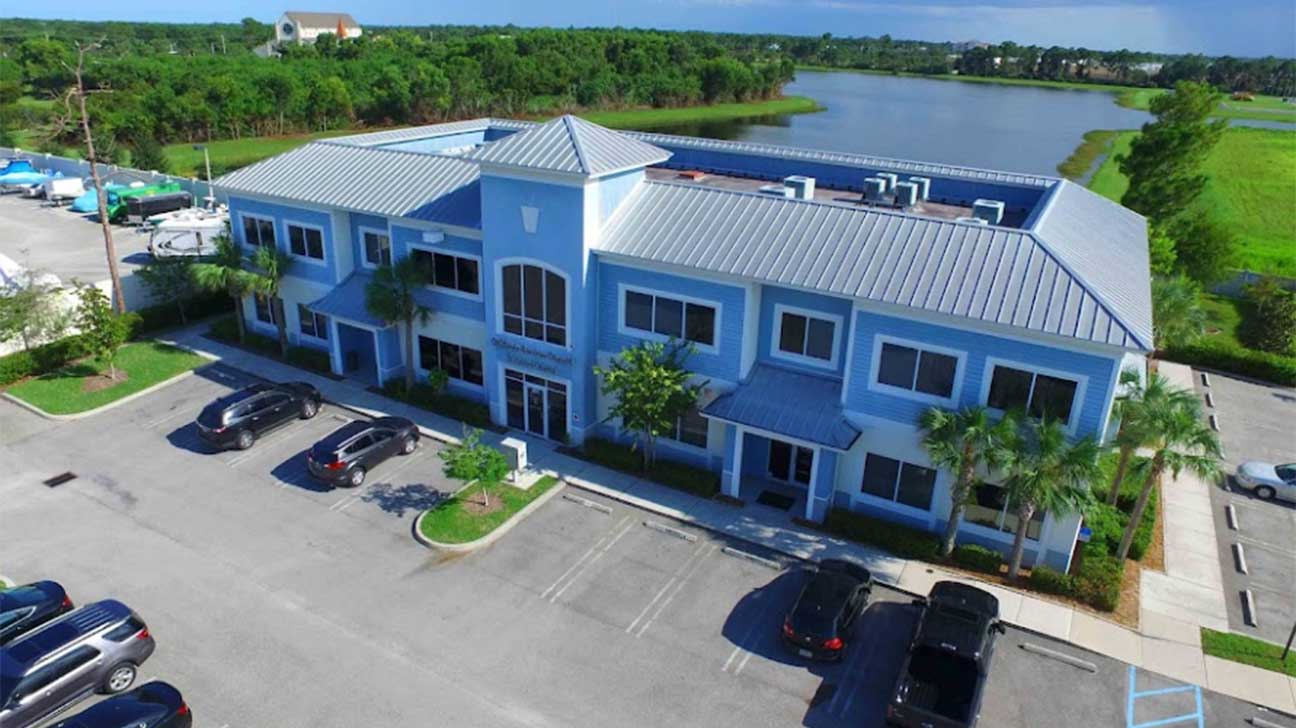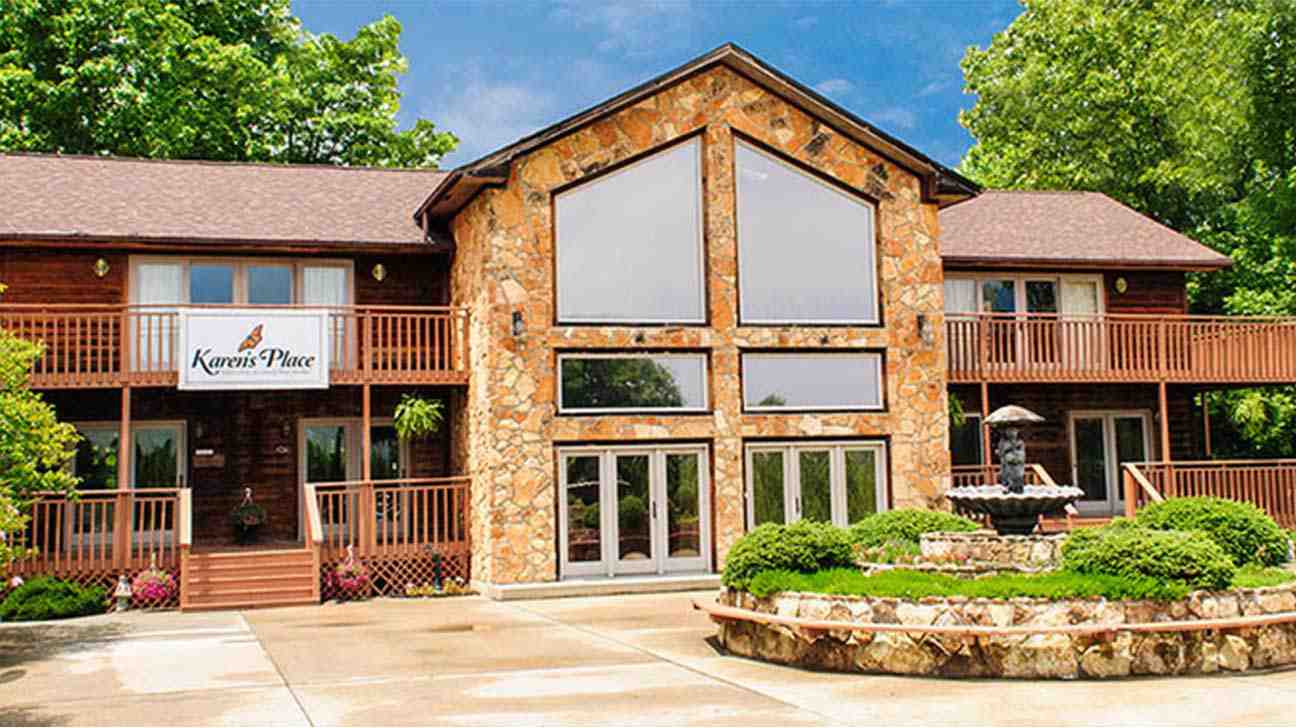
Why Long-Term Treatment Changes Everything
Long term alcohol rehab offers a path to lasting recovery when shorter programs fall short. Addiction is a chronic disease that changes brain chemistry, and healing takes time. Research shows that successful outcomes are directly linked to adequate time in treatment.
The National Institute on Drug Abuse (NIDA) is clear: programs under 90 days are less effective. Stays of 90 days, 6 months, or even a year significantly increase the chances of staying sober.
Short-term, 30-day programs often fail because they don’t provide enough time to:
- Stabilize brain chemistry after detox
- Address underlying trauma and mental health issues
- Build and practice new coping skills in a supportive setting
At Addiction Helpline America, our experience confirms that long term alcohol rehab provides the essential foundation for lasting change. We specialize in connecting individuals and families with comprehensive treatment options that work.

Why Time Matters: The Case for Long-Term Alcohol Rehab
Addiction is a chronic illness that fundamentally changes brain function, much like diabetes or heart disease require ongoing management. Healing these changes takes time. Short-term programs often set people up for disappointment, not because the person failed, but because 30 days is rarely enough time for the brain to restore balance, identify triggers, and build a strong foundation for sobriety.
This is why researchers emphasize the 90-day efficacy threshold. The National Institute on Drug Abuse (NIDA) has shown that programs lasting less than 90 days are significantly less effective. During this extended period, the brain begins to form new neural pathways that support sobriety. Beyond physical healing, this time allows you to practice being sober in a safe environment, learning to handle stress and build confidence. Research consistently shows that longer treatment durations lead to better outcomes, including sustained sobriety and stable employment.
Defining the Duration: 90 Days and Beyond
Long term alcohol rehab refers to programs that extend well beyond the typical 30-day stay.
- 90-day programs are the research-backed minimum for effective treatment, providing time for detox, stabilization, and foundational therapy.
- Six-month programs are ideal for those with severe addiction, co-occurring mental health issues, or a history of relapse.
- Year-long programs offer comprehensive care for deep psychological healing and major lifestyle changes.
The right duration for you depends on factors like the severity and length of your addiction, the presence of co-occurring disorders like depression or PTSD, your treatment history, and the stability of your home environment. A professional assessment can help determine the appropriate level of care.
Short-Term vs. Long-Term Rehab
The difference between short-term and long term alcohol rehab is more than just time; it’s about depth and focus.
- Focus: Short-term (30-60 days) focuses on detox and recovery basics. Long-term (90+ days) addresses the root causes of addiction and allows for intensive skill-building.
- Ideal Candidate: Short-term may work for milder cases with strong support systems. Long-term is crucial for those with severe addiction, chronic relapse, co-occurring disorders, or an unstable home life.
- Success Rates: Research overwhelmingly supports longer treatment. One major study found that after 6+ months in treatment, individuals showed an 83% decrease in cocaine use, a 90% decrease in problem alcohol use, and a 96% decrease in suicidal thoughts. These are life-changing results that underscore the value of extended care.
Inside a Long-Term Program: What to Expect on Your Journey
Stepping into a long term alcohol rehab facility means entering a structured, healing environment designed to support your recovery. This substance-free setting removes triggers and temptations, creating a safe space to focus on getting well. Perhaps the most powerful element is the peer support from others who understand your journey. This community fosters accountability and reminds you that you are not alone.
A Glimpse into a Typical Day
Life in long term alcohol rehab follows a rhythm that helps rebuild healthy routines. A typical day balances therapy, learning, and healing activities. Days often begin with meditation or a morning meeting, followed by a nutritious breakfast. The core of the day involves individual and group therapy sessions, where you explore the root causes of addiction and practice new communication skills. Afternoons may include life skills training (e.g., financial management), recreational activities (e.g., yoga, hiking, art therapy), and nutritional education. Evenings often conclude with support groups like 12-Step meetings to reinforce recovery principles.
Core Therapies and Treatment Modalities
Long term alcohol rehab uses a variety of evidence-based therapies to promote lasting change:
- Cognitive Behavioral Therapy (CBT): Helps change negative thought patterns that lead to drinking.
- Dialectical Behavior Therapy (DBT): Teaches mindfulness, emotional regulation, and distress tolerance.
- Motivational Interviewing: Helps you find your own internal motivation to change.
- Family Therapy: Heals damaged relationships and teaches family members how to support recovery.
- Trauma-Informed Care: Safely addresses past trauma and its connection to substance use.
- Holistic Therapies: Includes yoga, meditation, and art therapy to heal the mind, body, and spirit.
- Medication-Assisted Treatment (MAT): May use medications like Naltrexone to reduce cravings and support recovery.
Types of Long-Term Rehab Programs
Several models of long term alcohol rehab exist to meet different needs:
- Residential Treatment Centers: Offer the most intensive care with 24/7 support in an immersive, on-site environment.
- Therapeutic Communities (TCs): Typically lasting 6-12 months, these programs use the community itself as a key agent of change, emphasizing personal responsibility. They are highly effective for severe, long-standing addiction.
- Sober Living Homes: Act as a bridge between intensive treatment and independent life, providing a structured, substance-free home with peer support.
- Phased Programs: Offer a step-down approach, gradually increasing independence as you move from residential care to outpatient support.
Addiction Helpline America can help you steer these options to find a program that matches your specific needs, insurance, and recovery goals.
Is Extended Treatment Right for You?
Deciding to pursue long term alcohol rehab is a major step. It’s normal to wonder if you’re “sick enough” or if you truly need months away from your life. Answering these questions starts with honest self-reflection. Have shorter programs failed? Does alcohol control your life? Are underlying issues like trauma or depression tangled up with your drinking?
A professional evaluation by an addiction specialist can provide clarity. They can assess how alcohol has affected your brain, health, and relationships to recommend the appropriate level of care. Understanding the commitment is key—long-term rehab means being patient as your brain heals, but it also means giving yourself the best chance at lasting freedom from alcohol.
Who Is the Ideal Candidate for Long-Term Alcohol Rehab?
While anyone can benefit from help, long term alcohol rehab is especially effective for individuals with:
- A history of chronic relapse: Indicates a need for more time to heal and build skills.
- Severe alcohol addiction: Long-term, heavy use requires extended time for the brain and body to recover.
- Co-occurring mental health disorders: Conditions like depression, anxiety, or PTSD require integrated treatment that takes time.
- An unsupportive home environment: A longer stay provides a safe space to build strength before facing triggers at home.
- A history of unsuccessful short-term treatment: This doesn’t mean you’re hopeless; it often means you just need more time.
Addressing Co-Occurring Disorders (Dual Diagnosis)
About half of all people in alcohol treatment also have a mental health disorder. This is known as a co-occurring disorder or dual diagnosis. Sometimes, people drink to self-medicate untreated depression or anxiety; other times, heavy drinking worsens mental health. Treating one without the other is rarely successful.
Short-term programs often lack the time to properly diagnose and integrate treatment for both conditions. Long term alcohol rehab provides the necessary time for a comprehensive approach. Therapists can properly assess your mental health, adjust medications, and help you develop coping skills for both your addiction and your mental health challenges. Research shows that people with co-occurring disorders have far better outcomes when both conditions are treated together over an extended period.
Practicalities of Extended Care: Costs, Insurance, and Support
Once you’ve decided on long term alcohol rehab, navigating the practical details like cost and insurance can feel daunting. However, these barriers are manageable, and support is available to help you through every step.

Understanding the Costs and Payment Options for a long term alcohol rehab
The cost of long term alcohol rehab varies based on location, amenities, and duration. While it is a significant investment, the cost of untreated addiction—in lost jobs, legal fees, and health crises—is far greater. Payment options include:
- Private Pay: Using savings or assets offers the most flexibility.
- Financing: Many centers offer payment plans, and third-party medical loans are available.
- Scholarships and Grants: Nonprofit organizations and some facilities offer financial aid.
- State-Funded Programs: Provide low-cost or free treatment for eligible residents.
How Insurance Covers Extended Stays
Insurance coverage for addiction treatment has improved significantly. The Affordable Care Act (ACA) mandates that most health plans cover substance abuse treatment. It’s crucial to verify your benefits by calling your insurance provider to ask about coverage for residential treatment, deductibles, and co-pays. Private insurance, Medicare, and Medicaid all offer coverage options. Treatment facilities often have staff who can help you understand and maximize your benefits.
Life After Rehab: Aftercare and Relapse Prevention
Completing rehab is the beginning, not the end, of recovery. A strong aftercare plan is essential for maintaining sobriety. This continuum of care includes:
- Step-Down Programs: Intensive Outpatient (IOP) or Outpatient (OP) programs allow you to continue therapy while living at home.
- Sober Living Arrangements: Provide a structured, supportive home while you reintegrate into daily life.
- Alumni Programs: Keep you connected to a community of peers from your treatment center.
- 12-Step Fellowships (AA): Offer free, widespread peer support and a structured approach to sobriety.
- Building a Support Network: Cultivating healthy relationships with family and friends is vital.
The Role of Family Support
Addiction impacts the entire family, making their support crucial for long-term success. Long term alcohol rehab programs often include family components to educate loved ones about the disease of addiction, help them set healthy boundaries, and begin healing damaged relationships through family therapy. Rebuilding trust takes time, and an engaged, educated family can become a powerful ally in preventing relapse.
Frequently Asked Questions about Long-Term Rehab
When considering long term alcohol rehab, many families have similar questions. Here are answers to the most common concerns we hear at Addiction Helpline America.
What are the biggest challenges of long-term rehab?
Committing to extended treatment comes with challenges. The most common are being away from family and work, the financial cost, the emotional difficulty of intensive therapy, and adjusting to a highly structured environment. However, programs offer support like family visits and therapy to manage these problems, and the structure itself becomes a tool for rebuilding a healthy life.
How effective is long-term rehab?
The evidence is overwhelmingly positive. The National Institute on Drug Abuse confirms that programs lasting at least 90 days are significantly more effective. Major studies like the Drug Abuse Treatment Outcome Studies (DATOS) found that five years after long-term treatment, problem drinking decreased by 90%, full-time employment increased by 46%, and suicidal thoughts fell by 96%. These significant positive outcomes from long-term treatment show that the investment of time leads to lasting, life-changing results.
Can I lose my job for attending long-term rehab?
This is a common fear, but federal laws offer protection. The Family and Medical Leave Act (FMLA) allows many employees to take up to 12 weeks of unpaid, job-protected leave for medical reasons, including addiction treatment. Additionally, the Americans with Disabilities Act (ADA) protects individuals with a history of addiction from workplace discrimination. We encourage communicating with your HR department; many employers are supportive and would rather have a healthy employee return than lose them to untreated addiction.
Your Path to Lasting Recovery Starts Here
We’ve seen how long term alcohol rehab provides the time needed for the brain to heal and the spirit to rebuild. By committing to 90 days or more, you give yourself the best chance at lasting change. The evidence is clear: addiction is a treatable disease, and recovery is more than possible—it’s probable with the right support.
We know taking the first step is the hardest part. The thought of committing months to treatment can feel overwhelming. But that first call often becomes the turning point where everything begins to change for the better.
At Addiction Helpline America, we provide free, confidential, and personalized guidance to help you find the right program. Our team has the experience and compassion to walk with you through every stage of this journey. Your story doesn’t have to be defined by addiction. A fulfilling life of clarity, purpose, and healed relationships is waiting.
Don’t let another day pass. Your path to lasting recovery is closer than you think. Find personalized and confidential help today through Addiction Helpline America.
Our helpline is 100%
free & confidential
If you or someone you care about is struggling with drug or alcohol addiction, we can help you explore your recovery options. Don’t face this challenge alone—seek support from us.
Programs
Resources
Will my insurance
cover addiction
treatment?
We're ready to help
Find the best
drug or alcohol treatment
center
Are you or a loved one struggling with addiction? Call today to speak to a treatment expert.














